-
Welcome to 4Runners.com!
You are currently viewing as a guest! To get full-access, you need to register for a FREE account.
As a registered member, you’ll be able to:- Participate in all 4Runner discussion topics
- Transfer over your build thread from a different forum to this one
- Communicate privately with other 4Runner owners from around the world
- Post your own photos in our Members Gallery
- Access all special features of the site
SOLVED: V6 code P0301 caused by rodent eaten injector wires
Discussion in '4th Gen 4Runners (2003-2009)' started by rickst29, Dec 26, 2023.

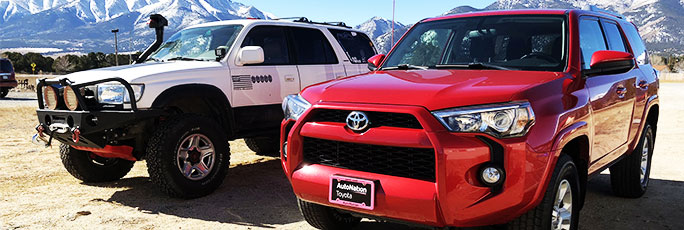
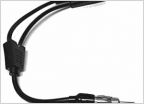 Radio reception intermittent
Radio reception intermittent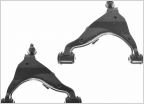 Front lower control arms
Front lower control arms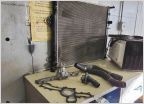 Greetings and Suspension Guidance Appreciated
Greetings and Suspension Guidance Appreciated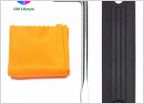 '04 rear hatch won't close
'04 rear hatch won't close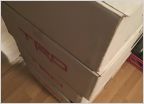 1st world dilemma haha
1st world dilemma haha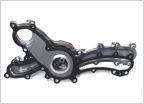 Water pumps in 4th Generation 4runners - durability
Water pumps in 4th Generation 4runners - durability






